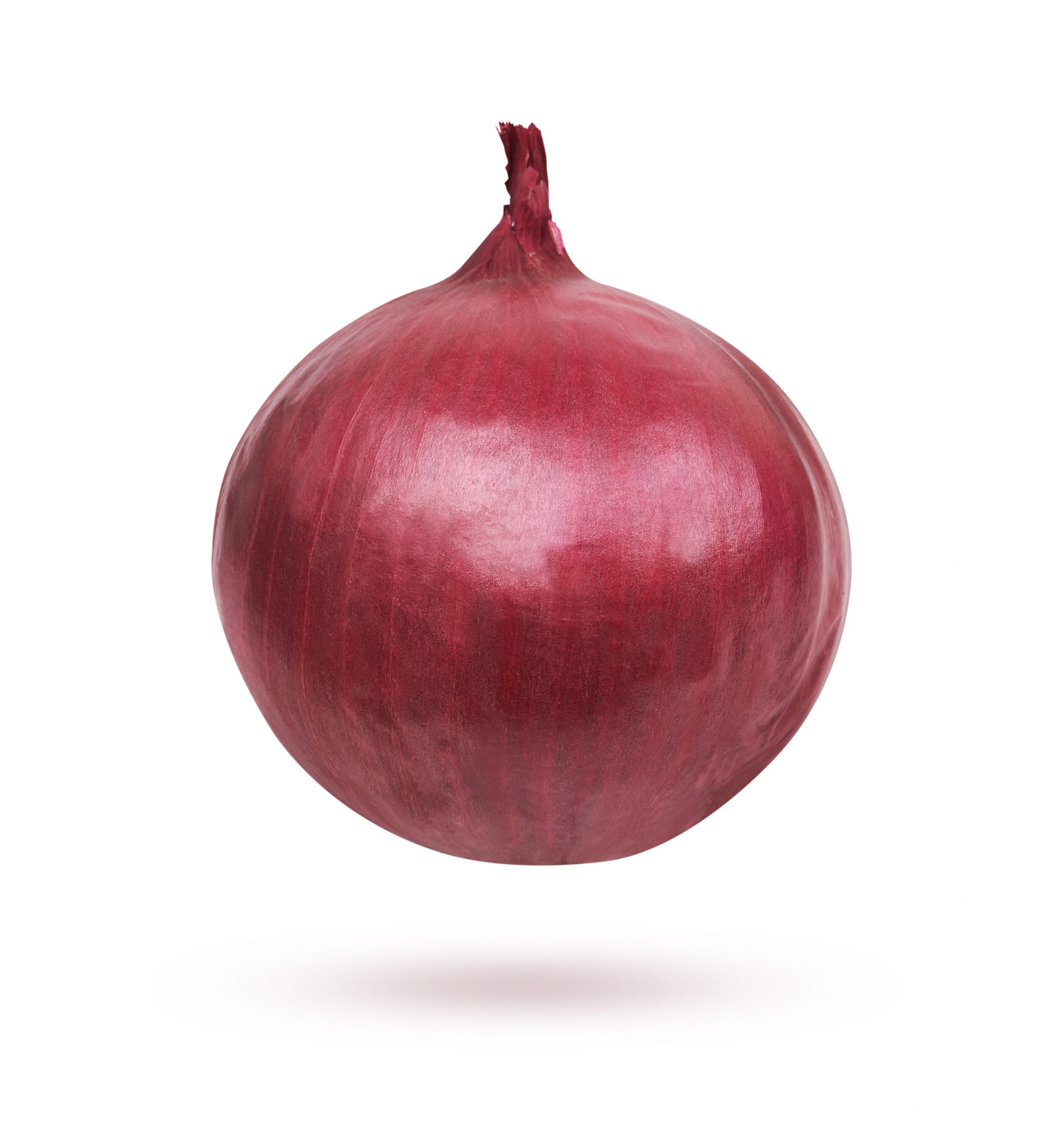Seasons/Availability
Red onions are available year-round.
Current Facts
Red onions are botanically classified as Allium cepa. There are many varieties of red onions including the Red Wing, Tropeana Tardiva, and Southport Red Globe. They are also known as purple onions in some regions.
Nutritional Value
Red onions are a good source of dietary fiber, vitamins A and C, and folate. They also contain iron and calcium. The sulfur compounds that give red onion its intense flavor act as antioxidants which may help reduce risk of chronic disease such as cancer and cardiovascular disease.
Applications
Red onions can be eaten raw or cooked. When raw they can be used to add crunchy texture to salads, sandwiches, burgers, and tacos. When cooked their flavor mellows, adding sweet taste to sauces, soups, stews, and stir-fries. Red onions can also be pickled and used as a condiment. They pair well with citrus fruits, avocados, tomatoes, cheeses such as feta or blue cheese, grilled meats, and fish. Red onions are also popular for use in salsas and chutneys.
Storage
Store red onions in the refrigerator loosely wrapped in a plastic bag for up to two weeks. Avoid storing them near apples or other ethylene producing fruits because they will spoil more quickly when exposed to ethylene gas. Cut red onion should be tightly sealed in an airtight container and consumed within three days.
Tips for Preparing and Cooking
When preparing red onions, cut off the top and root end and remove the outer layer of skin. Slice them in half from pole to pole before cutting into thin slices, cubes, or wedges. To reduce the pungency of raw red onion, soak them in cold water or vinegar for 10 minutes prior to eating. Red onions can be sautéed in oil until soft or caramelized over low heat for sweetness. They may also be roasted until tender and served as a side dish or ingredient for a salad.


